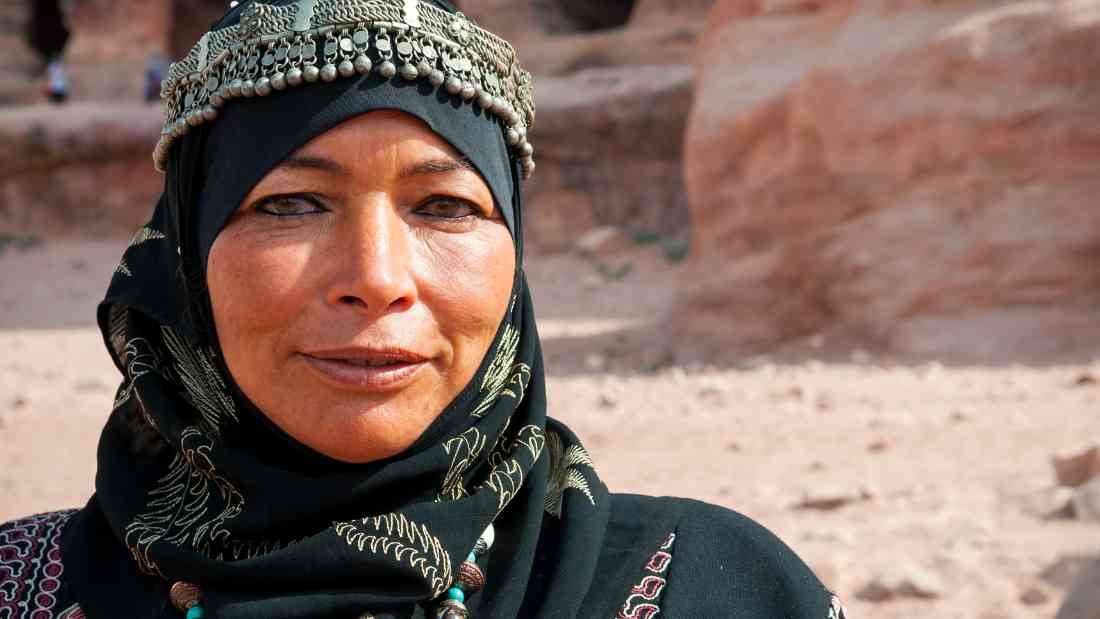The body is an active agent in the social world, since we act on our world through the medium of the body (Vance).
Our body thus does not only reflect social values, but it also adapts, negotiates and reacts to them, thus mediating our relationship with the world around us.
As a result it is inevitable that when the human body is subject to social control and power, the embodied self uses the body as a means of expression of resistance.
In this essay I will be looking at different examples of women using their body to resist domination.
These examples will illustrate the use of female bodies to resist:
- Organisational power (Wolf’s third typology of power) by colonial authorities in Nigeria and the Israeli administration in the West Bank and East Jerusalem
- Symbolic power and the battleground of meaning in the Bedouin tribes of Egypt and taverns of Lesotho.
The Nigerian Women’s War
In 1929 Nigerian women took to the streets to protest about a new tax that the colonial authorities had decided to impose on women’s property (organisational power).

In Nigeria there is a practice called ‘dancing on a man,’ which involves going to a man’s house, stripping naked, shouting obscenities, and making lewd gestures, in order to shame a man who has wronged them.
And this is what the Nigerian women did to the colonial administration, as they marched naked and lay on the ground waving their legs in the air to shame the authorities.
The protests were effective – horrified by the turn of events, the colonial administration revoked the tax and the Nigerian women emerged victorious (Gal).
The Hijab as a Form of Resistance
My second example relates to the use of the hijab as an expression of resistance, based on an ethnography of Palestinian women who wear the hijab as a way of asserting their identity and resisting the domination and attempts of erasure by the Israeli administration.

In an ethnography of Palestinian women, conducted in the West Bank and East Jerusalem by Alayan and Shehadeh (2021), it was found that after the second Intifada (2000 to 2004), many young Palestinian women began wearing the veil as a powerful political statement about their identity and their very existence.
As one of their informants, who lives in the West Bank, explains –
“My hijab is a tool for me to show them that we exist and will forever stay on this land”
Alayan, Shehadeh 2021 p. 1057
By wearing a hijab, the women are showing their resistance to the Israeli occupation, both as they go about their daily life, but even more importantly as they navigate the many checkpoints manned by Israeli soldiers.
An informant tells the ethnographers that –
“Even in our country they demonstrate their power and so the way to fight them is for them to see me wearing the hijab, it infuriates the female soldiers and scares them.”
Alayan, Shehadeh 2021 p. 1057
In contrast to the West Bank, where Israeli soldiers are extremely common, women in East Jerusalem do not feel that they are being constantly monitored by security forces.
However, they experience an even greater feeling of being erased.
Once again, they veil themselves as a silent act of protest and as a constant reminder of their presence.
They tell the ethnographers that
“Jews do not want to see Arabs in Jerusalem. They want us to disappear and instead we are here, and we show our presence by wearing the hijab.”
Alayan, Shehadeh 2021 p. 1059
It is therefore clear that for Palestinian women, the hijab is a powerful symbol of resistance and a way of affirming their identity and asserting their right to exist in a space that is often hostile to them.
Symbolic Resistance in Egypt and Lesotho
Finally, I will once again refer to Susan Gal in relation to two cases of women resisting symbolic domination.
The first example is that of the Bedouin tribes of Egypt, whose dominant discourse constructs a world view based on the core values of strength, honour and sexual modesty.
This discourse, however, camouflages the deep power schisms in this society – where women and young people are vulnerable and powerless, and who resist the dominant discourse by performing oral poetry talking about loss, vulnerability and romantic love in front of small, private groups of trusted friends.

The second case she tells us of women from Lesotho who have overcome several hurdles in order to migrate to South Africa to work, and who have appropriated a male tradition of reciting poetry in taverns, using it to decry the injustices faced by women both in the household and when they migrate to work.
The intense political nature of their performances is clear when one considers the reactions of the males in the audience, who invariably heckle them and try to stop them from performing.
In both these cases we see a clear example of how the embodied self can resist and challenge the dominant discourse and construct categories of knowledge and classifications that are based on different values from those touted as the ‘norm.’
Conclusion
In conclusion, the above examples have shown some of the ways that women in different societies and cultures are using their bodies as a battleground of contestation, pushing back against domination in multiple forms, from the politico-economic to the symbolic.

